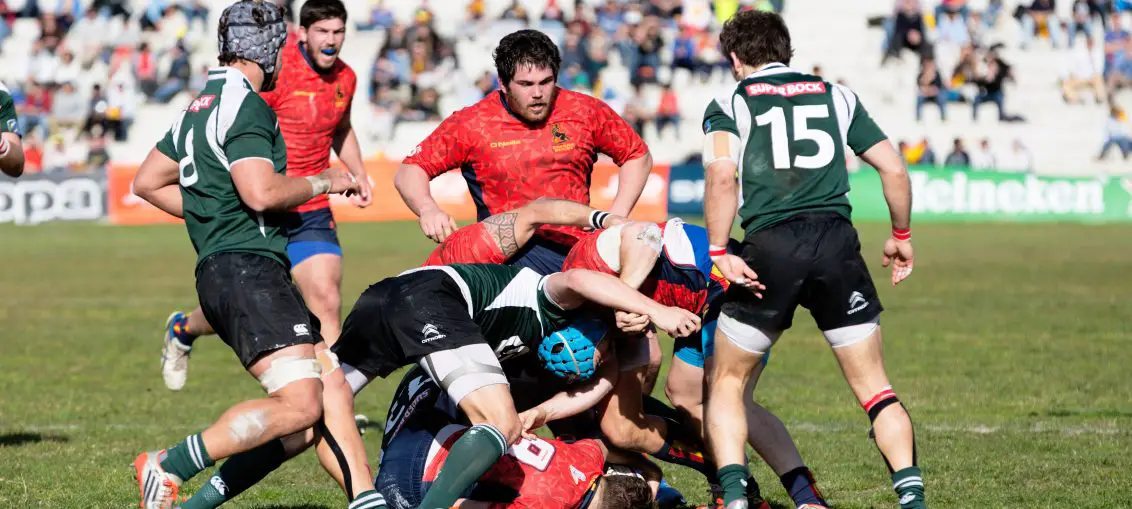
Wondering what the term ‘rick’ means? We’ll explain exactly what it means, and go over the main rugby ruck rules.
What is a Ruck?
A ruck is a phase of play within rugby where one or more players from each team are in physical contact close around the ball on the ground.
A ruck is formed after the ball carrier is taken to the ground. Having made the tackle, the tackler must immediately release the ball carrier and roll away from the ball. The ball carrier must release the ball and roll away after the tackle to allow other players to contest for the ball. A penalty will be awarded should either party not adhere to the release and roll away rules.
The tackler can play the ball quickly provided he has released the player and entered the ruck from a legal position. If the tackler does this before any other players join the ruck, then they can play the ball using their hands and either prevent the ball from being released or take the ball themselves.
Once the ball is on the floor players from both teams contest for possession of the ball by trying to drive to opposition backwards in hope of the ball emerging behind them, at which point in can be picked up. Players are not allowed to utilize their hands to play the ball in the ruck, however they can use their feet to drag the ball backwards. Having said this, players cannot kick the ball out of the ruck or use their feet to prevent the ball being played.
Ruck Rules
Players involved in the ruck must have their head and shoulders no lower than their hips, otherwise the referee will award a penalty for slowing the game down by sealing off the ball. Players must join the ruck from behind in the offside line (the back-most player on their team) and must not be bound to another player as they do so.
Once the ball is at the back of the ruck, the referee will call “use it”, at which point the team in possession must play the ball within five seconds otherwise a scrum will be awarded to the other team as a punishment for slowing the game down. If the ball does not become available to play, then a scrum will also be awarded.
In contrast to American Football and scrums there are not specific rules regarding who can compete in a ruck. Any player can compete for the possession of the ball regardless of their position. Normally the closest player to the ruck will try and secure the ball for their team, however, scrum halves and fly halves will rarely be seen in a ruck as they are key ball players for the team.
The defending team should also protect the side of the ruck to prevent teams having an easy opportunity to pick the ball and run through the gap. This can be prevented be having “guards” and “bodyguards” who are responsible for the fringes of the ruck.
The rugby ruck is defined by Law 15 of the Rugby Union Laws of the game.
